-
- What Is Sheet Metal Laser Cutting?
- What are the Advantages of Sheet Metal Laser Cutting?
- What are the Disadvantages of Sheet Metal Laser Cutting?
- What are the Types of Lasers Used in Cutting?
- What is the Sheet Metal Laser Cutting Process?
- What are the Applications of Sheet Metal Laser Cutting?
- What are the Tips For Laser Cutting For Parts?
- Conclusion
- FAQ
Sheet Metal Laser Cutting: Everything You Need to Know
Regarding precision, efficiency, and versatility, few techniques come close to laser cutting. It’s a game changer for businesses aiming to improve their production capabilities. Imagine a technology that cuts through metal with the precision of a surgeon’s scalpel—this is what laser cutting offers to modern manufacturing.
Laser cutting is a technology that employs a high-powered laser beam to cut precise patterns and designs into various materials, primarily metals. This process allows for high precision and clean cuts with minimal waste, making it a favorite in the automotive, aerospace, and electronics industries. Creating complex contours and fine details without additional tooling or setup changes saves time and money.
In the following sections, I’ll dive deeper into the intricacies of laser cutting, ensuring you understand why it’s so valuable and how it can transform your production processes.
What Is Sheet Metal Laser Cutting?
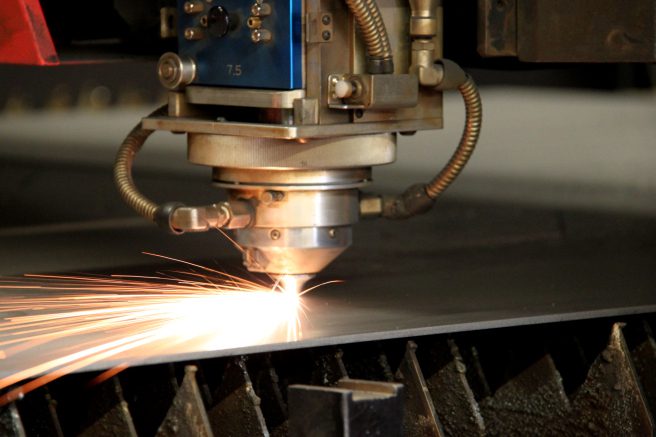
Sheet metal laser cutting is a sophisticated technology that utilizes a laser to cut and shape sheet metal materials precisely. This process involves directing a high-powered laser beam at the metal sheet, typically generated by a CO2 or fiber laser. The material is either melted, burned, or vaporized along the beam’s path, while a jet of gas blows the molten or burnt material away, resulting in a high-quality finish.
The beauty of this technology lies in its precision and versatility. It can handle various metal types and thicknesses with extraordinary accuracy, including stainless steel, aluminum, brass, and copper.
The process is controlled by computer numerical control (CNC) systems, which allow for meticulous pattern-making and detailed Cutting that traditional methods cannot achieve. Laser cutting eliminates the need for mechanical cutting tools, reducing the wear and tear on machinery and drastically decreasing the turnaround time on projects.
What are the Advantages of Sheet Metal Laser Cutting?
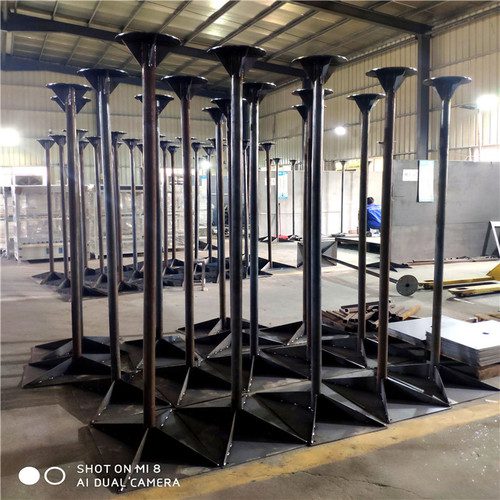
Precision and Accuracy
One of the standout features of laser cutting is its ability to produce exact and accurate cuts. The laser beam does not wear during the cutting process, which ensures that every cut is as precise as the first. This is crucial for intricate designs and tight tolerances required in high-spec applications.
Flexibility
Lasers can cut various materials and thicknesses, from thin gauge aluminum to thicker steel plates. Additionally, the same setup can cut different shapes and designs without changing tools, making it easy to switch between jobs and reduce downtime.
Speed
Laser cutting is much faster than traditional mechanical cutting methods, especially for complex patterns or fine details. This speed significantly increases production rates and reduces lead times, enabling businesses to meet tight deadlines and increase throughput.
Quality of Cut
The laser cut is known for producing a high-quality, clean edge with little to no burring, which minimizes the need for secondary finishing processes. This not only saves time but also reduces the cost associated with post-processing.
Reduced Material Waste
The precision of laser cutting also means that parts can be nested more closely together, maximizing material utilization and reducing waste. This is economically beneficial and better for the environment.
Automation and Integration
Laser cutting systems are easily integrated into digital manufacturing workflows, supporting automated and high-precision production processes. This integration is a part of Industry 4.0, helping factories become more efficient and responsive.
Low Operational Costs
While the initial setup cost for laser cutting equipment can be high, the operational costs are relatively low. Lasers consume less energy than traditional cutting methods and require less maintenance due to the absence of mechanical cutting forces.
What are the Disadvantages of Sheet Metal Laser Cutting?
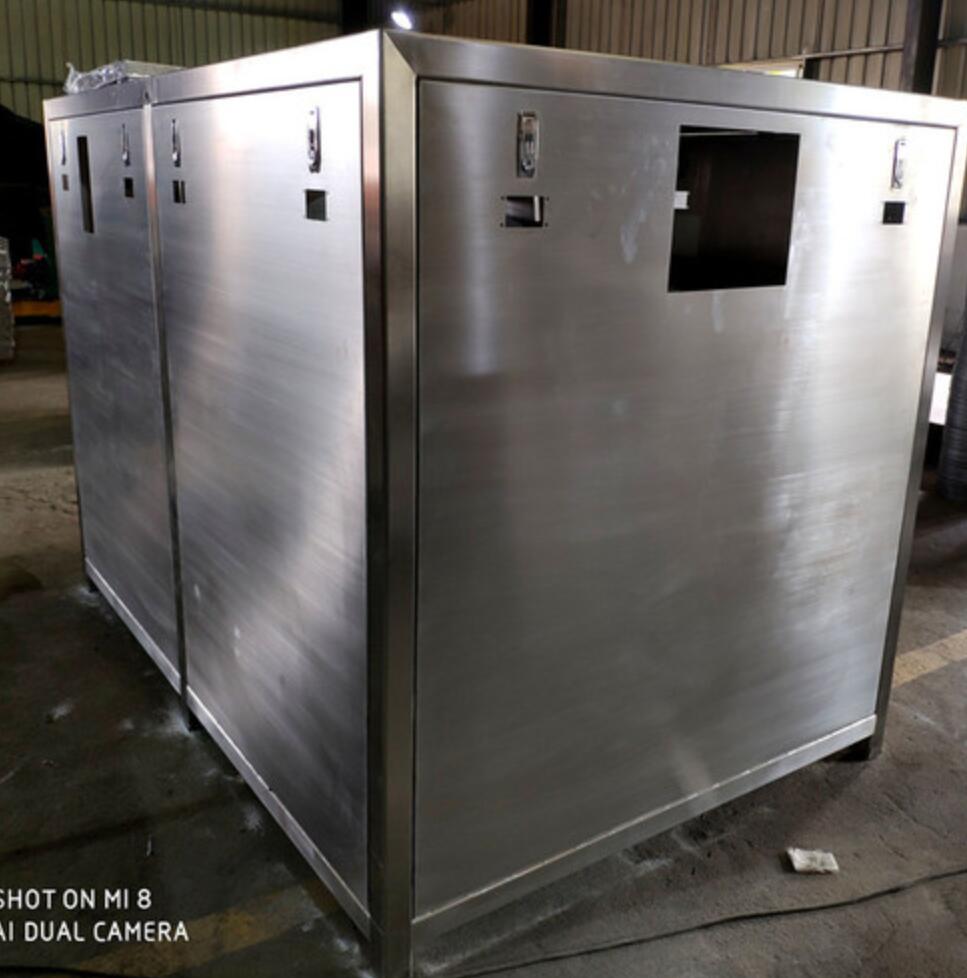
High Initial Investment
One of the primary drawbacks of laser cutting technology is the significant initial investment required. Laser-cutting machines are complex and expensive pieces of equipment. This high upfront cost can be a barrier for small to medium-sized enterprises or startups that might need more capital to invest in such advanced machinery.
Limitations on Material Thickness
Although laser cutting is versatile, there are limitations regarding the thickness of the material that can be effectively cut. For instance, while fine for thinner metals, laser cutters may struggle with thick metal plates. In such cases, traditional methods like plasma cutting might be more effective.
Thermal Distortion
The intense heat generated by the laser beam can sometimes lead to thermal distortion, especially when working with thin metals or complex, intricate cuts. This can affect the dimensional integrity of the part, requiring additional steps to mitigate or correct the distortion.
Reduced Effectiveness with Reflective Materials
Laser cutters can have difficulty cutting reflective materials like aluminum and copper. The reflective surface can cause the laser beam to bounce off the material rather than being absorbed, which decreases the efficiency of the cutting process and can pose safety hazards.
Energy Consumption
While generally more energy-efficient than older mechanical cutting methods, laser cutting still consumes significant energy, mainly when cutting thicker materials at high power levels. This can lead to higher operational costs in terms of energy use.
Limited to 2D Cutting
Laser cutting is primarily used for two-dimensional Cutting. For projects that require three-dimensional Cutting, other techniques will need to be employed. This limitation can restrict the scope of projects completed solely with laser cutting.
What are the Types of Lasers Used in Cutting?
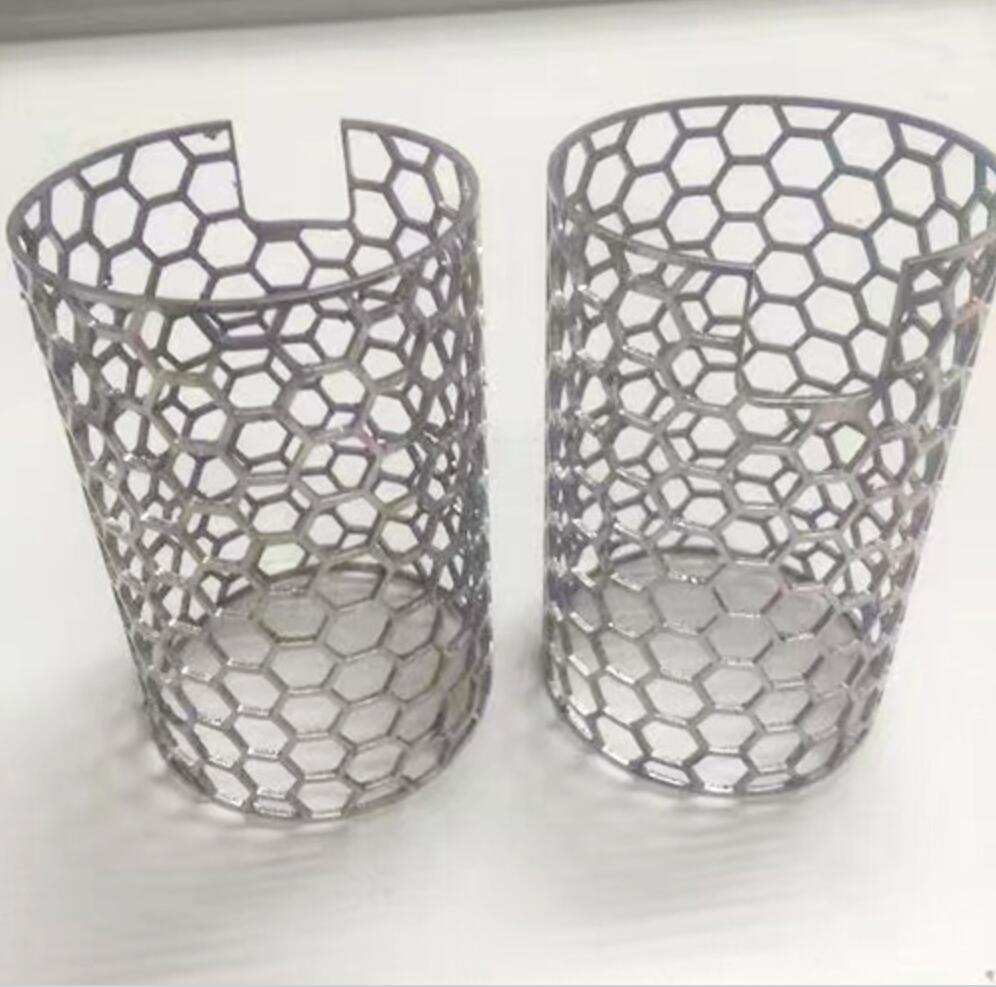
Several laser systems are employed in sheet metal laser cutting, each suited to specific applications and materials. Understanding the differences between these lasers can help manufacturers choose the right technology for their needs. Here’s a breakdown of the most commonly used types:
CO2 Lasers
CO2 lasers are among the sheet metal cutting industry’s most widely used laser systems. These lasers operate by electrically stimulating a carbon dioxide gas mixture.
CO2 lasers are highly efficient and can cut through various materials with high precision, including non-metallic and metals. They are particularly effective for cutting thicker materials and are prized for their excellent beam quality and cutting speed.
Fiber Lasers
Fiber lasers represent a newer class of laser technology, where the laser beam is generated by a solid-state gain medium—an optical fiber doped with rare-earth elements such as ytterbium. These lasers are known for their high energy efficiency, lower maintenance requirements, and longer service life than CO2 lasers.
Fiber lasers excel at cutting reflective metals like aluminum and copper without the beam reflectivity issues that CO2 lasers encounter. They can also achieve very high cutting speeds, especially on thin and medium-thick metals.
Nd: YAG Lasers
Neodymium-doped Yttrium Aluminum Garnet (Nd: YAG) lasers are another type of solid-state laser. They are used for applications requiring high power and the ability to cut through thick metal plates.
Nd: YAG lasers can be operated in continuous and pulsed modes, making them versatile for different cutting operations. They are less common than CO2 and fiber lasers for metal cutting but are often used for high-precision cutting in the electronics and medical industries.
Diode Lasers
Diode lasers use semiconductor technology to produce laser light. While generally not as powerful as CO2 or fiber lasers, diode lasers are used in applications requiring delicate and precise lightweight Cutting or marking.
They are more energy-efficient and have a smaller footprint, making them suitable for integration into portable cutting equipment or compact machinery.
What is the Sheet Metal Laser Cutting Process?
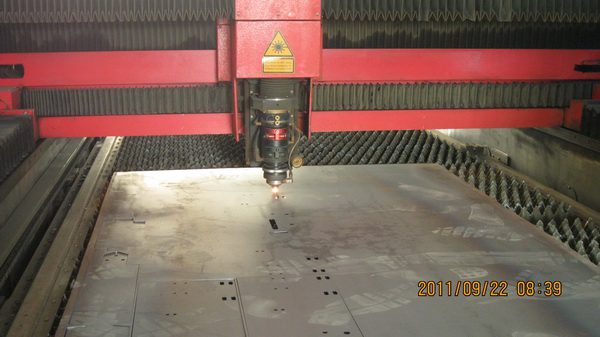
Laser Beam Fusion Cutting
Laser beam fusion cutting, or melt and blow, utilizes a high-intensity laser beam to melt the metal. During this process, a high-pressure jet of inert gas, typically nitrogen or argon, is directed into the cut to drive out the molten metal from the kerf—the gap formed by the cut.
This method does not involve metal oxidation, leaving a clean cut with minimal thermal damage to the edges. Fusion cutting is particularly effective for non-ferrous metals like aluminum and stainless steel, which do not readily oxidize.
Laser Beam Flame Cutting
Laser beam flame cutting, or laser oxygen cutting, involves using a laser beam with an oxygen jet. The laser heats the metal to ignition temperature, and the oxygen jet then reacts with the hot metal to create an exothermic reaction that helps to further heat and eject the material.
This method is faster than fusion cutting for thicker steels, as the exothermic reaction adds more energy to the process.
However, using oxygen results in an oxidized edge, which might require cleaning if a clean surface is necessary for further processing or if aesthetic quality is essential.
Laser Beam Sublimation Cutting
In laser beam sublimation cutting, the laser beam vaporizes the material, turning it directly from a solid to a gas without passing through a liquid phase. This type of Cutting requires very high power densities and is generally used for materials that do not melt, such as wood, certain plastics, and thermoset composites.
Metals are used for fragile sheets or delicate materials where minimal heat input and no material deformation are crucial. Sublimation cutting ensures no heat-affected zone, making it ideal for applications requiring high precision and minimal thermal damage.
What are the Applications of Sheet Metal Laser Cutting?
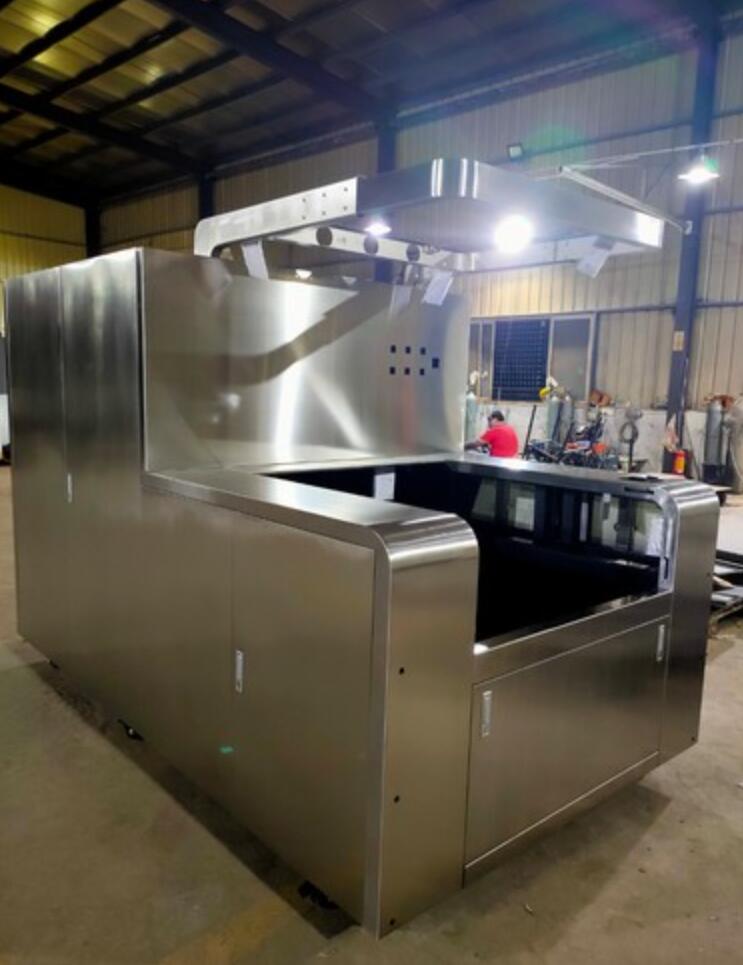
Automotive Industry
In the automotive sector, laser cutting is used to produce intricate components with high precision. These include parts like brackets, enclosures, and various structural elements of vehicles. The ability to cut complex designs quickly and with high precision reduces production time and cost, which is crucial in the competitive automotive market.
Aerospace Industry
The aerospace industry demands high precision and reliability, and sheet metal laser cutting meets these requirements perfectly. It is used for cutting aircraft components, such as engine parts, structural elements, and ventilation systems. The precision of laser cutting ensures that these parts meet the aerospace industry’s stringent safety and quality standards.
Electronics
Laser cutting is ideal for creating small, intricate parts needed in the electronics industry, such as panels, enclosures, and mounts. The process is particularly valued for producing precise cuts and fine details without damaging the sensitive materials often used in electronic components.
Medical Devices
The medical device industry benefits from the high precision and cleanliness of laser cutting. It is used to create components for surgical instruments and other medical devices. The ability to work with various materials and the precision to make minute, detailed cuts is crucial in a field where precision can impact the outcomes of medical procedures.
Art and Decorative Items
Laser cutting is not just limited to industrial applications; it is also used extensively in the art and decorative industries. Artists and designers use laser cutting to create intricate patterns and designs in metals for decorative panels, sculptures, jewelry, and furniture. The versatility of laser cutting opens up new creative possibilities in design and decoration, allowing for the creation of complex and detailed artistic expressions.
What are the Tips For Laser Cutting For Parts?
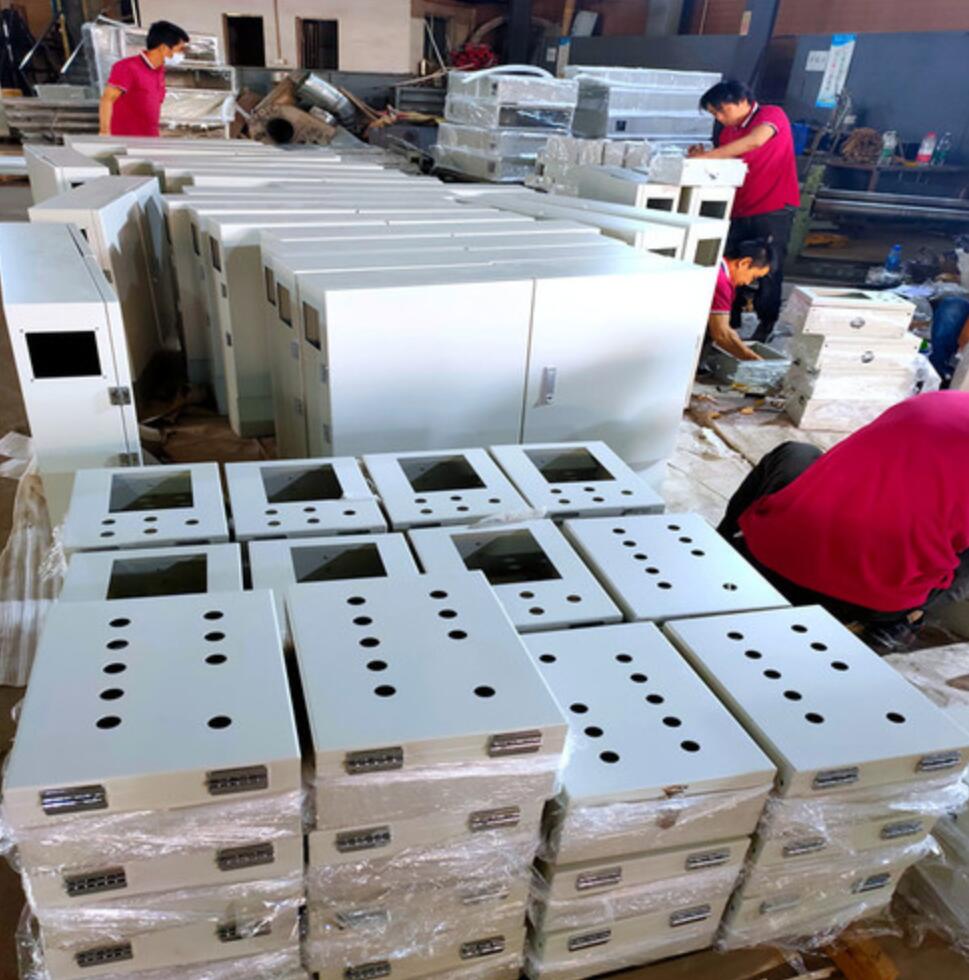
Choose the Right Laser and Settings
Selecting the appropriate type of laser (CO2, fiber, or Nd: YAG) and adjusting the laser settings according to the material type and thickness are crucial. This includes setting the laser beam’s correct power, speed, frequency, and focus. Fine-tuning these parameters can significantly affect the cut quality, speed, and overall efficiency of the process.
Use Proper Support for the Material
Proper material support is essential to prevent movements and vibrations during cutting. Using a stable and flat support ensures that the cut parts are accurate and free from distortions. It also helps minimize collisions between the cutting head and the workpiece, especially for thin or delicate materials.
Optimize Material Layout
Efficient use of material is not only cost-effective but also environmentally friendly. Nesting software can help optimize the arrangement of parts on the sheet, maximizing material utilization and reducing waste. This is particularly important in high-volume production runs.
Regular Maintenance of Equipment
Laser-cutting machines require regular maintenance to perform at their best. This includes cleaning the lenses and mirrors, checking the alignment of the laser beam, and ensuring that all moving parts are well-lubricated. Regular maintenance prevents downtime and ensures consistent cutting quality.
Consider the Kerf
Kerf refers to the amount of material that the laser removes during Cutting. Accounting for the kerf width in your design can ensure that the dimensions of the final parts are accurate. This is particularly important for fitting parts or when precise dimensions are critical.
Use Adequate Cooling Systems
Laser cutting generates significant heat, affecting both the machine and the material being cut. Implementing adequate cooling systems, like a chiller or a constant water cooling system, helps maintain the temperature and reduces the thermal impact on the material.
Conduct Test Cuts
Before running a total production, it’s advisable to conduct test cuts, especially when working with new materials or designs. This allows you to adjust the machine settings and the design to achieve the desired outcome without wasting valuable material.
Train Operators Properly
Skilled operators can make a significant difference in the performance of laser cutting operations. Proper training on the operation of the machinery, understanding of safety protocols, and knowledge of troubleshooting common issues are essential for optimal machine operation.
Conclusion
Please do not hesitate to reach out if you have any specific projects or need advice on selecting the right laser-cutting services. Our team of experts is ready to assist you with any queries and help streamline your manufacturing processes with our state-of-the-art laser cutting solutions.
Contact us today to discuss your needs and see how we can help you achieve precision at its finest.
FAQ
What materials can be cut with laser cutting?
Laser cutting is versatile enough to work with various materials, including metals such as steel, stainless steel, aluminum, brass, and copper, as well as non-metals like acrylic and MDF.
How thick can a laser cutter cut?
The maximum thickness depends on the type of laser and material. For instance, a typical fiber laser can cut carbon steel up to about 25 mm thick, stainless steel up to 20 mm, and aluminum up to 15 mm.
What is the accuracy of laser cutting?
Laser cutting offers exceptional accuracy, typically within +/- 0.1 mm, making it ideal for high-precision applications.

